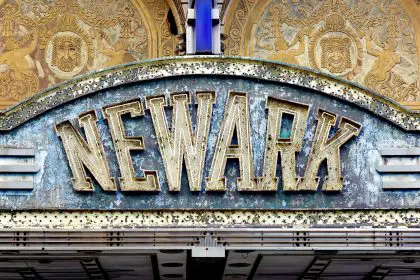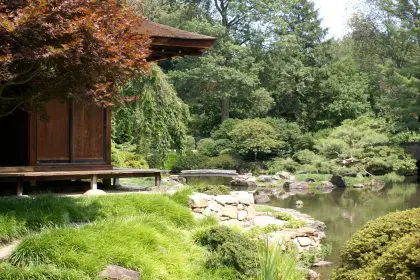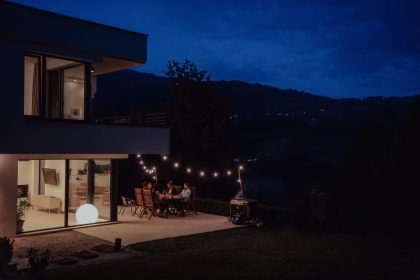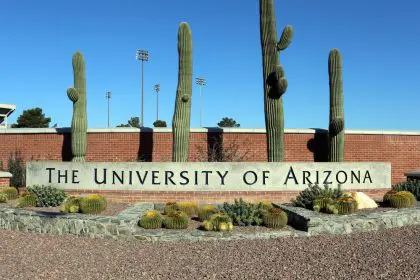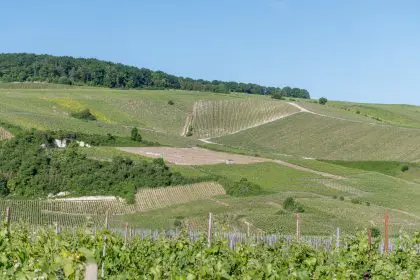Philadelphia, a city steeped in history and bustling with urban energy, is often celebrated for iconic landmarks like Independence Hall and the Liberty Bell. Yet beyond the well-trodden paths lie lesser-known green spaces that quietly showcase the city’s unique character. These forgotten parks—Franklin Square, Washington Square, Logan Square, and Penn Treaty Park—offer a blend of historical depth, natural beauty, and community spirit that often goes unnoticed. Each tells a story of Philadelphia’s past while providing a serene escape from its modern pace, revealing a charm that’s both subtle and enduring. Here’s how these four overlooked gems uncover the city’s hidden allure.
Franklin Square—A Family Haven with Historic Roots
Tucked in the shadow of the Benjamin Franklin Bridge, Franklin Square often flies under the radar despite its central location near the Historic District. Originally one of William Penn’s five planned squares from 1682, this park was once called Northeast Square, envisioned as an open space for a growing city. Over time, it lagged in development due to marshy terrain, serving as a burial ground and later a haven for the city’s downtrodden in the early 20th century. Its transformation began in 2006, turning it into a vibrant, family-friendly destination.
Today, Franklin Square bursts with life. A whimsical carousel spins with hand-carved wooden animals, while a Philadelphia-themed mini-golf course winds past scaled-down versions of local landmarks like the Liberty Bell and Boathouse Row. The square’s centerpiece, a fountain dating back to 1838, adds a touch of elegance amid playgrounds and picnic areas. Seasonal events, like the Chinese Lantern Festival, illuminate the park with glowing displays, drawing crowds who might otherwise pass it by. This blend of playful modernity and historical echoes—tied to Penn’s vision and Franklin’s legacy—makes it a charming retreat that feels both timeless and fresh.
Washington Square—Serenity Over a Storied Past
Just steps from Independence Hall, Washington Square hides in plain sight, overshadowed by its famous neighbors. Another of Penn’s original squares, it began as Southeast Square, serving as a pasture and potter’s field in the colonial era. By the 18th century, it became a mass burial ground for Revolutionary War soldiers, victims of the 1793 yellow fever epidemic, and enslaved Africans—a somber history marked today by the Tomb of the Unknown Revolutionary War Soldier, an eternal flame flickering in their memory.
Despite its past, Washington Square exudes tranquility. Towering trees form a canopy over winding paths, their roots weaving through soil that holds centuries of stories. Benches invite visitors to linger, while the park’s edges are framed by elegant Georgian rowhouses, a reminder of its evolution into a fashionable neighborhood in the 19th century. Once known as Congo Square by African Americans who gathered here, it retains a quiet dignity. The contrast between its heavy history and current peacefulness—where office workers sip coffee and dog walkers roam—lends it an understated charm, a reflective pause amid the city’s hustle.
Logan Square—Artistry Meets Urban Oasis
Logan Square, originally Northwest Square in Penn’s plan, sits along the Benjamin Franklin Parkway, often mistaken for a mere traffic circle due to its central fountain and surrounding roads. Yet this park, now split into distinct sections, offers a layered charm that rewards closer inspection. Its transformation began with the Parkway’s creation in 1917, turning it into a cultural corridor, though the construction of I-676 later carved a divide between Center City and northern neighborhoods.
The heart of Logan Square is the Swann Memorial Fountain, a masterpiece with sculptures symbolizing the region’s rivers—the Delaware, Schuylkill, and Wissahickon. Around it, three smaller parks emerge: Sister Cities Park, with its playful boat pond and cafe; Shakespeare Park, a quiet nook near the Free Library; and Aviator Park, adorned with war memorials. These spaces blend art, nature, and history, from Calder family sculptures to tree-lined lawns that soften the urban grid. Often bypassed by those rushing to nearby museums, Logan Square’s charm lies in its ability to marry Philadelphia’s artistic soul with pockets of calm, a subtle elegance amid the concrete.
Penn Treaty Park—Riverside Peace with a Legendary Legacy
Nestled along the Delaware River in Fishtown, Penn Treaty Park feels worlds away from Center City’s buzz, its modest size and waterfront setting often overlooked by tourists. Named for the legendary 1682 treaty between William Penn and the Lenni Lenape under a now-lost elm tree, the park’s history is more myth than fact—yet its symbolic weight endures. By the 19th century, it became a public space, its river views framed by industrial growth that later gave way to residential renewal.
Today, Penn Treaty Park offers a quiet escape. A lone obelisk marks the treaty site, surrounded by grassy expanses perfect for picnics or kite-flying. The river laps gently against the shore, where benches face sweeping views of the skyline and bridges. Playground laughter mingles with the breeze, while locals jog or fish along the water’s edge. Its charm lies in simplicity—a community anchor that feels intimate despite its historical resonance. Far from the tourist throngs, it’s a place where Philadelphia’s past and present coexist in understated harmony.
Why These Parks Matter
These four parks—Franklin Square, Washington Square, Logan Square, and Penn Treaty Park—may lack the fame of Fairmount Park’s sprawling trails or Rittenhouse Square’s chic vibrancy, but their quiet presence reveals a different side of Philadelphia. Each began as part of Penn’s vision for a “greene countrie towne,” evolving through centuries of change. They’ve borne witness to burials, epidemics, and urban upheaval, yet emerged as havens of beauty and respite.
Their charm isn’t loud or obvious. It’s in the way Franklin Square’s carousel delights kids while nodding to its colonial roots, or how Washington Square’s stillness honors the forgotten beneath its soil. Logan Square weaves art into everyday life, while Penn Treaty Park offers a riverside retreat steeped in lore. Together, they highlight Philadelphia’s knack for preserving history without fanfare, creating spaces where nature and narrative intertwine.
Numbered for clarity, here’s what sets them apart: 1) Franklin Square blends fun with heritage, 2) Washington Square balances solemnity and peace, 3) Logan Square fuses culture with green space, and 4) Penn Treaty Park ties community to legend. Often bypassed for flashier attractions, these parks reward those who linger, offering a glimpse into a city that’s as much about quiet corners as it is about bold beginnings.
Rediscovering Philly’s Hidden Heart
Philadelphia’s forgotten parks don’t shout for attention—they whisper. They’re not just patches of grass but living chapters of a city that’s grown from a colonial grid into a modern metropolis. Franklin Square’s playful energy, Washington Square’s reflective calm, Logan Square’s artistic flair, and Penn Treaty Park’s riverside serenity each add a thread to Philly’s rich tapestry. For locals and visitors alike, exploring these spaces means uncovering a charm that’s been there all along, waiting patiently in the shadows of the city’s more famous icons.


